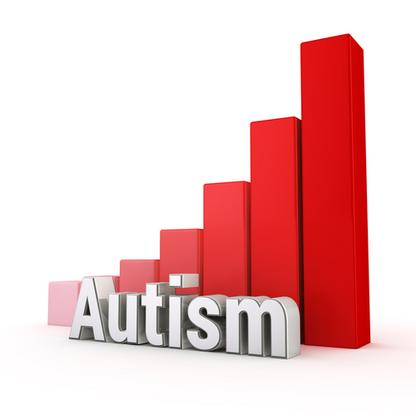
The epidemiology including genetic epidemiology of ESSENCE
An overview of the research programme epidemiology including genetic epidemiology of ESSENCE including past and ongoing research projects.
Overview of the research programme
The epidemiology of ESSENCE includes several research projects that aim, either individually or collectively to (a) delineate trajectories of ESSENCE from childhood into adulthood, (b) monitor the prevalence of the ESSENCE phenotypes, and (c) disentangle genetic and environmental contributions to a host of outcomes in ESSENCE.
In this research programme we are currently gathering a large part of all clinical studies conducted at the GNC (and its predecessor) over the last 40 years (ethical approval pending) and are merging these with data from official registers (e.g., the National Patient Register and the prescribed drug register). Detailed clinical data will thus be augmented with register-based data and thereby provide answers to clinically relevant research questions. Here we will also capitalise on the ongoing Child and Adolescent Twin study. Since 2003, all parents of all nine-year-old twins in Sweden are invited to participate in a telephone interview that covers the Autism-Tics, ADHD and other Comorbidities inventory (A-TAC, Hansson et al 2005, Larson et al 2010). The A-TAC was originally designed at the GNC, and today A-TAC data has been collected for over 30,000 twins, making CATSS the largest twin study of neurodevelopmental/ESSENCE problems in the world. In conjunction with their 15th, 18th and 24th birthdays the twins (and their parents) are contacted again. This longitudinal design makes it possible to draw inferences about causal relationships, including whether or not problem indicators at age 9 predict outcomes at ages 15, 18 and 24.

Programme supervisors
- Christopher Gillberg
- Sebastian Lundström
Collaborators
- Lisa Dinkler
- David Eberhard
- Valdemar Landgren
- Kahoko Yasumitsu-Lovell
- Ben Truter
- Petra Linnsand
- Gudrun Nygren
- Gill Nilsson
- Maria Johansson
- Jakob Åsberg Johnels
- Yuhei Hatakenaka
- Lucy Thompson
- Rajna Knez
- Lena Nylander
Past projects
For the past 45 years, the Gothenburg Group's studies of the prevalence of ESSENCE (ADHD, autism, DCD, Tourette's syndrome, intellectual disability and language disorder) in the general population (children, adolescents and adults) and in twin populations have been world-leading and always one step ahead on the production of new data. Overviews of the unique studies on ESSENCE from Gothenburg can be found in Christopher Gillberg's textbooks on autism (e.g., Coleman, M and Gillberg, C (2012) The Autisms, Oxford University Press) and popular science publications (e.g., Gillberg, C (2018) ESSENCE, Nature and Culture and Gillberg, C (2021) The ESSENCE of autism and ADHD, Jessica Kingsley Publishers). Over the past fifteen years, CATSS has given rise to several important publications in which, among other things, the prevalence, heritability and co-morbid ESSENCE conditions in autism spectrum disorders have been investigated (Lichtenstein et al 2010; Lundström 2012; Lundström 2014; Arvidsson et al 2018; Taylor et al 2020).

Ongoing projects
Currently we are examining whether there is a secular change over the last 15 years in how parents perceive the dysfunction and suffering caused by autism symptomatology.